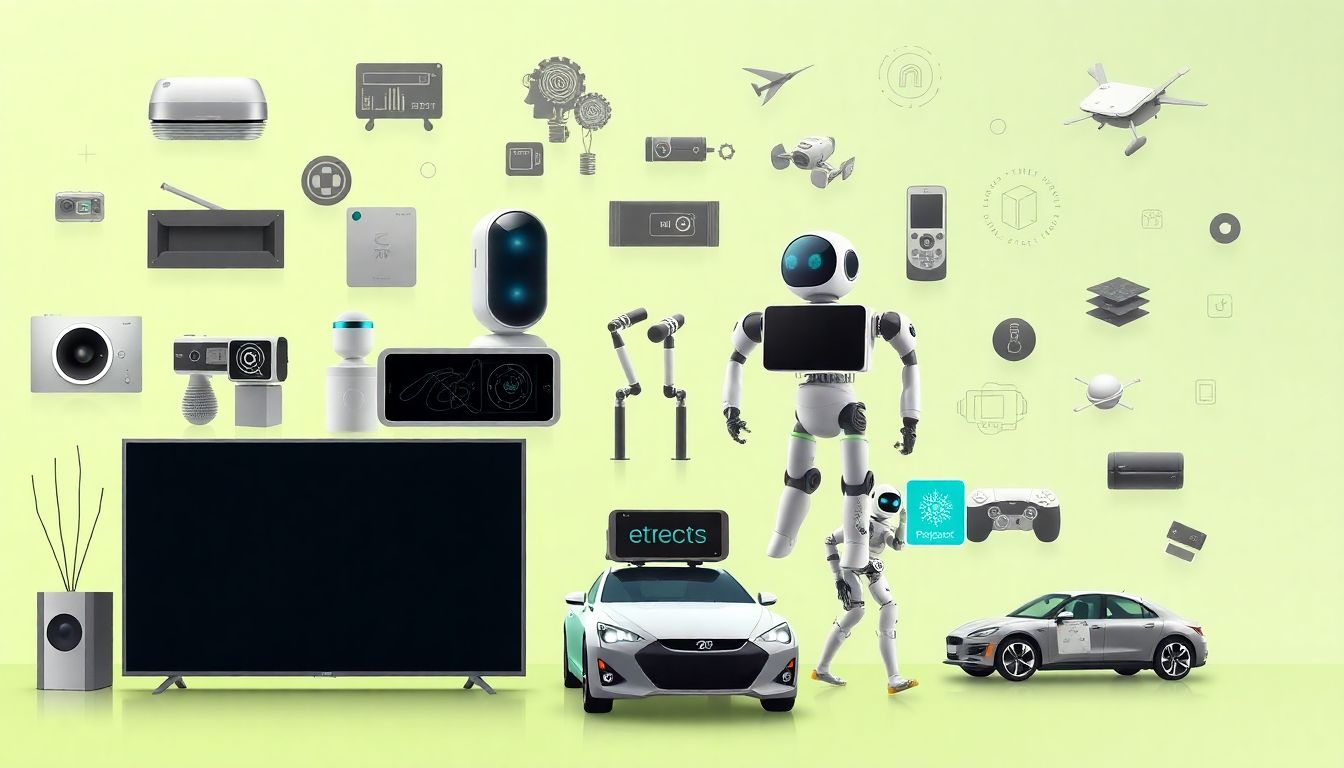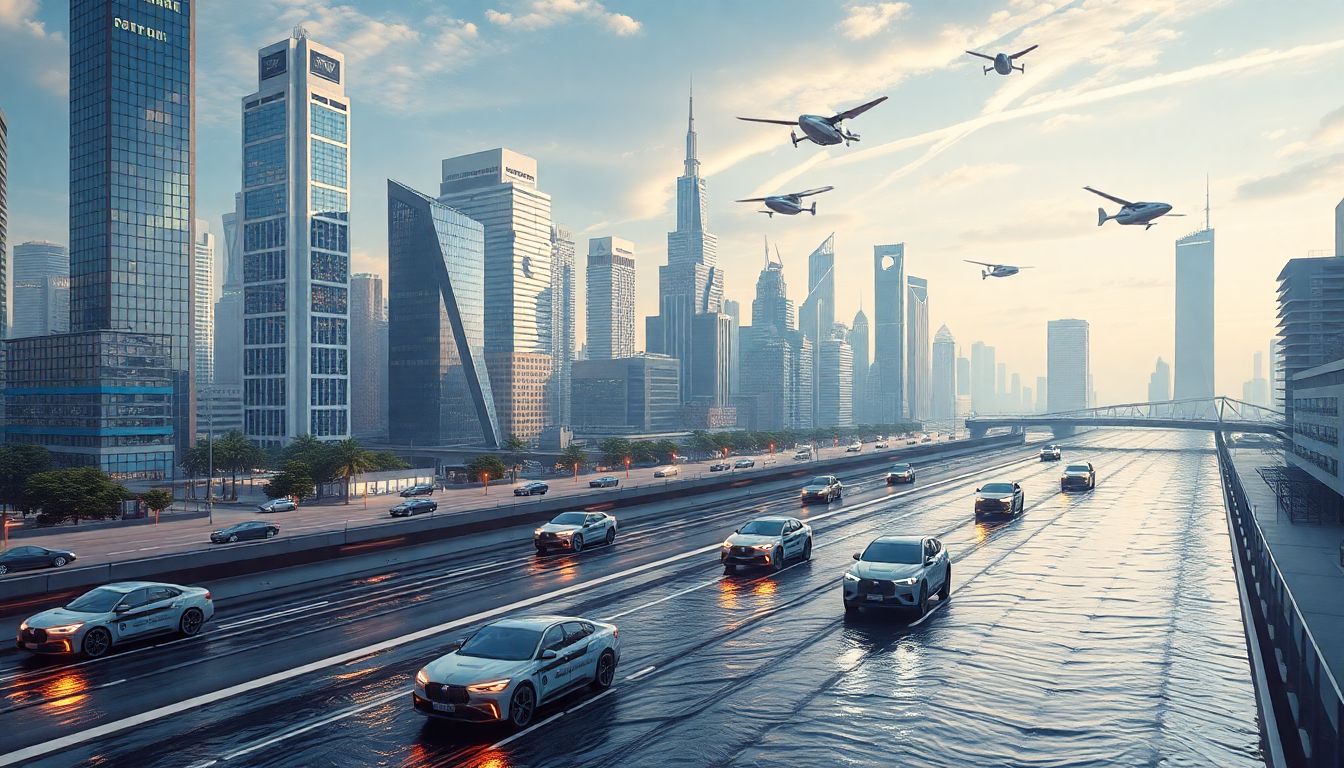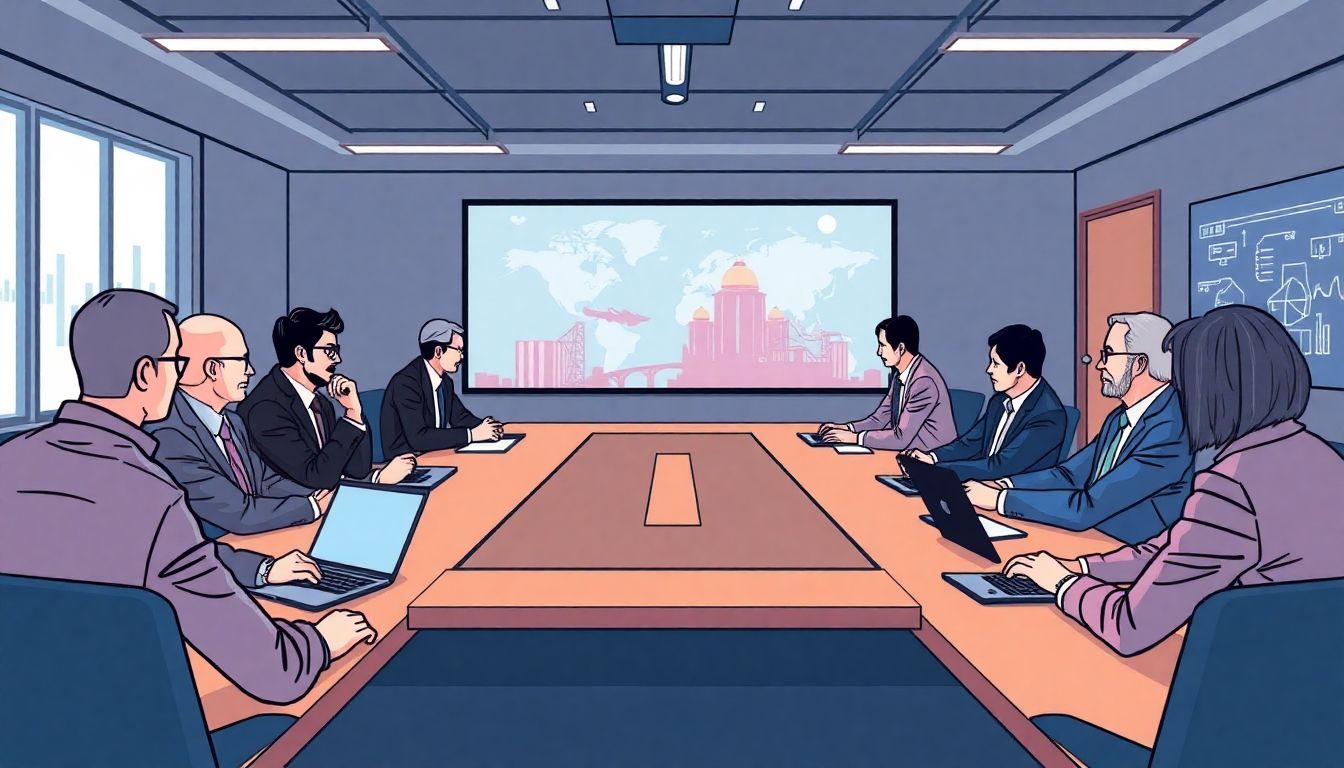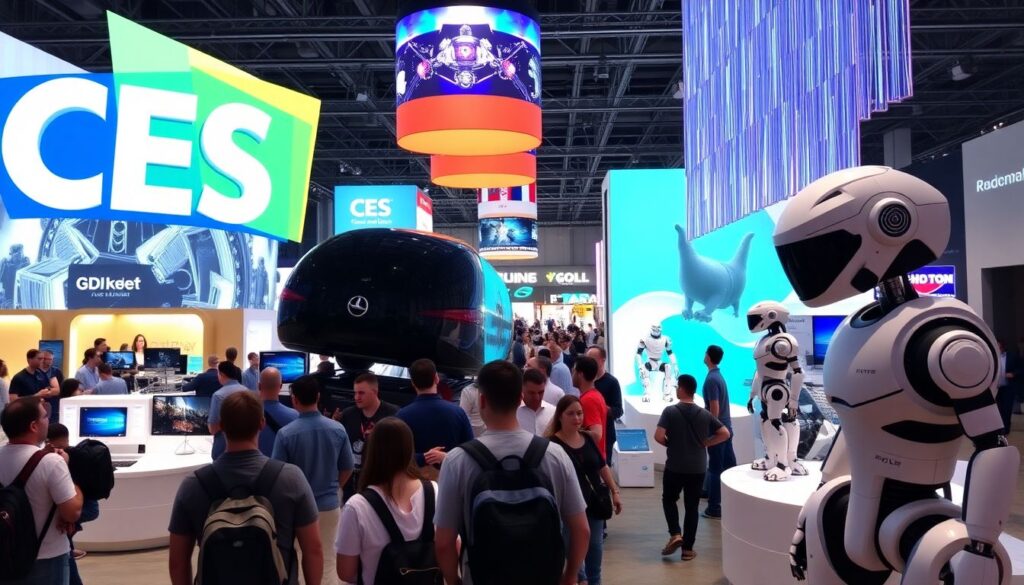Welcome to our exciting exploration of the Consumer Electronics Show (CES)! Every January, Las Vegas transforms into a tech enthusiast’s dream, showcasing the latest and greatest in consumer technology. This year, artificial intelligence (AI) is stealing the spotlight, promising to revolutionize everything from your kitchen appliances to your daily commute. Join us as we dive into the world of AI, autonomous vehicles, and innovative gadgets that are set to define the future of technology.
From smart fridges to flying cars, AI is taking center stage at the world’s largest consumer technology trade show.
Stepping onto the sprawling show floor of the Consumer Electronics Show (CES) is akin to entering a futuristic cityscape, bustling with the hum of innovation and the palpable enthusiasm of attendees. The air is filled with the soft murmur of AI-powered gadgets, each vying for attention with their promises of smarter homes, seamless connectivity, and intuitive user experiences. From sleek, voice-activated devices that seamlessly integrate into daily life to advanced wearables that monitor health metrics with unprecedented precision, the breadth of AI applications on display is staggering. Autonomous vehicles, their polished exteriors reflecting the dazzling array of lights, navigate smoothly through designated areas, offering a tangible glimpse into the future of transportation where human error is mitigated, and efficiency is maximized.
Meanwhile, futuristic robots, with their agile movements and lifelike interactions, captivate audiences, demonstrating tasks from the mundane to the complex, such as preparing coffee or assisting in medical procedures. Attendees weave in and out of booths, their eyes wide with wonder, eagerly exploring the latest tech innovations that just years ago may have seemed like science fiction. The atmosphere is electric, a harmonious blend of curiosity, excitement, and the shared understanding that this is the birthplace of tomorrow’s everyday technology.

AI: The Star of the Show
The Consumer Electronics Show (CES) has become a premier stage for showcasing the latest advancements in AI, and the upcoming event is no exception. AI is expected to permeate every corner of the show floor, from smart home devices to autonomous vehicles. Industry analyst Patrick Moorhead of Moor Insights & Strategy agrees, stating, “AI will be everywhere at CES 2024—from the show floor to the keynote stages, and even in the meetings happening behind closed doors.” Among the key players, Nvidia is set to unveil its latest AI-powered technologies, with a strong focus on autonomous vehicles and AI-driven graphics. Intel will also have a significant presence, showcasing its advancements in AI hardware and software ecosystems.
AI-powered gadgets will be one of the biggest attractions at CES. Attendees can expect to see a plethora of innovative products that integrate AI for enhanced user experiences. These include:
- Smart home devices with advanced voice assistants and predictive behaviors
- Wearables equipped with AI for improved health and fitness tracking
- AI-driven cameras with real-time scene recognition and enhancement
Qualcomm is poised to make a significant impact with its AI-enabled Snapdragon processors, which are set to power next-generation mobile devices and IoT gadgets. Meanwhile, AMD will highlight its AI capabilities in gaming and high-performance computing.
While the prominence of AI at CES is exciting, it also raises important discussions around ethics and privacy. Industry analyst Carolina Milanesi of Creative Strategies notes, “As AI continues to infiltrate our daily lives, it’s crucial that we address concerns surrounding data privacy, security, and ethical AI development.” Despite these challenges, the integration of AI in consumer electronics is expected to bring significant benefits, such as improved accessibility, personalized user experiences, and enhanced efficiency. CES 2024 will serve as a platform to address these issues and showcase innovative solutions from leading tech companies.

Autonomous Vehicles: The Future of Transportation
CES, the global stage for innovation, is set to showcase a plethora of autonomous vehicles, demonstrating the breadth and depth of AI integration in transportation. At one end of the spectrum, we have self-driving cars, an area that has seen significant advancements thanks to companies like Waymo and Tesla. Waymo’s driverless taxis have already navigated the streets of Phoenix, while Tesla’s Autopilot feature has clocked up millions of miles. However, the hype is not without its criticisms. The technology is still far from perfect, with reports of accidents and technological glitches raising concerns about safety and reliability.
Positives:
- Potential reduction in road accidents due to human error
- Increased accessibility for disabled individuals
- Efficient traffic management
Negatives:
- Job displacement in transport sectors
- High upfront costs
- Regulatory hurdles
- Ethical dilemmas in programming decision-making algorithms
Beyond the roads, CES will also spotlight automated tractors and boats, highlighting AI’s transformative potential in agriculture and maritime industries. John Deere has been pioneering autonomous tractors, aiming to increase farming efficiency. Meanwhile, Rolls-Royce is developing autonomous ships to revolutionize cargo transport and naval operations. Yet, these innovations also face unique challenges, including the need for robust, reliable technology in harsh, remote environments.
The regulatory landscape for these autonomous vehicles is complex and evolving. Elon Musk’s relationship with the former Trump administration brought significant attention to this arena. Musk’s involvement in Trump’s advisory councils raised eyebrows, with critics arguing it was a tactic to influence regulatory decisions in Tesla’s favor. Yet, it also brought regulatory challenges to the forefront, stimulating crucial discussions about safety standards, infrastructure needs, and liability frameworks. Looking ahead, the buzz around flying cars, sparked by ventures like Uber Elevate and Airbus Vahana, adds another layer to this regulatory puzzle. While these innovations promise exciting solutions to urban congestion, they also raise questions about air traffic management, safety, and public acceptance.

Navigating Tariffs and Trade Tensions
The prospect of tariffs imposed by the Trump administration has cast a shadow of uncertainty over the tech industry, with concerns echoing across both domestic and international markets. While the administration has argued that these tariffs are designed to protect U.S. interests and bolster domestic manufacturing, the tech industry has expressed several valid apprehensions. Chief among them is the fear that increased costs will stifle innovation and hinder growth. With many tech products relying on complex global supply chains, any disruption or additional cost can have a ripple effect, leading to higher prices for consumers and potential delays in technological advancements. Furthermore, there is a concern that these tariffs could spark retaliatory measures from other countries, potentially leading to a trade war that would be detrimental to the global economy.
However, it’s not all doom and gloom. Some see these tariffs as a potential catalyst for change, pushing companies to diversify their manufacturing bases and reduce their reliance on single sources. This could lead to a more resilient and distributed supply chain, which could be beneficial in the long run. Additionally, the tariffs could encourage more investment in domestic manufacturing and research and development, further strengthening the U.S. tech industry’s competitiveness on the global stage.
Behind the scenes, vendors and companies are already preparing to navigate these challenges. Strategies vary but include:
-
Supply Chain Diversification:
Companies are actively seeking to establish or expand operations in other countries to mitigate the impact of U.S.-specific tariffs. This not only helps to sidestep the immediate financial burden but also builds redundancy into the supply chain, ensuring continued operation in the face of geopolitical uncertainties.
-
Stockpiling:
Some companies have resorted to stockpiling key components and finished goods, buying in bulk before tariffs go into effect to maintain short-term productivity and meet consumer demand.
-
Lobbying and Advocacy:
The tech industry is not sitting idly by; industry leaders are actively engaging in dialogue with policymakers, advocating for their interests, and proposing alternative solutions to address the underlying issues that have led to the proposal of tariffs.
-
Investment in Automation and AI:
With the potential increase in manufacturing costs, companies are accelerating their investment in automation and AI technologies. This could offset increased labor costs and improve efficiency, making domestic manufacturing more competitive.
FAQ
What is the significance of AI at CES this year?
Which companies are expected to make big announcements at CES?
How are autonomous vehicles featured at CES?
What impact might tariffs have on the tech industry?
- Increased costs for imported items
- Supply chain constraints
- Discreet discussions among vendors
